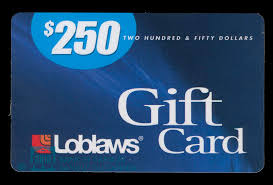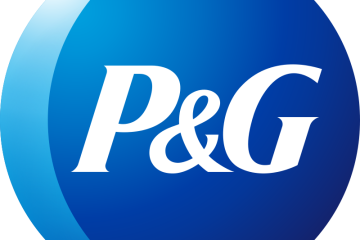Understanding the Role of PL in Modern Retail

Introduction: The Growing Significance of Private Labels
In recent years, Private Label (PL) products have significantly transformed the retail landscape. These products, which are branded by retailers rather than manufacturers, are becoming an essential component of business strategies across various sectors. Their increasing prevalence is a reflection of changing consumer behaviors, market dynamics, and competitive practices.
The Rise of Private Labels
According to a report from NielsenIQ, private label products represented approximately 18% of total grocery sales in Canada in 2022, indicating a steady growth trend as consumers seek quality alternatives to national brands. Retailers like Costco, Walmart, and Sobeys have expanded their PL offerings, positioning them as cost-effective yet high-quality options for consumers. This movement is driven by consumers’ desire for affordability, especially in a time of rising inflation and economic uncertainty.
Consumer Trends Driving PL Popularity
The pandemic has accelerated the shift towards PL products as shoppers have become more price-conscious. A survey conducted by the Retail Council of Canada found that 75% of Canadians are now open to purchasing private label products, highlighting an increased willingness to explore options beyond well-known brands. Additionally, younger consumers, particularly Millennials and Gen Z, are favoring store brands due to their ethical sourcing, sustainability credentials, and direct participation in the market.
Challenges and Strategies for Retailers
While the growth of PL products presents lucrative opportunities, retailers face challenges in maintaining product quality and brand differentiation. Many consumers still perceive national brands as having superior quality. As such, retailers are investing in product development, design, packaging, and marketing to create an appealing private label identity.
Furthermore, retailers are leveraging digital platforms to promote their PL products through social media and online advertising, aiming to reach a broader audience. Engaging customers with transparency about sourcing and production processes has become a strategic move to build trust and recognition.
Conclusion: The Future of Private Labels
As we move forward, PL products are set to play an increasingly vital role in retail and consumer behavior. With the expansion of e-commerce and ongoing shifts in consumer preferences, retailers that prioritize private label strategy will find new pathways to enhance their market share and customer loyalty. The fusion of quality, affordability, and innovative marketing will shape the future of private labels, making them an essential aspect of any modern retail strategy.





